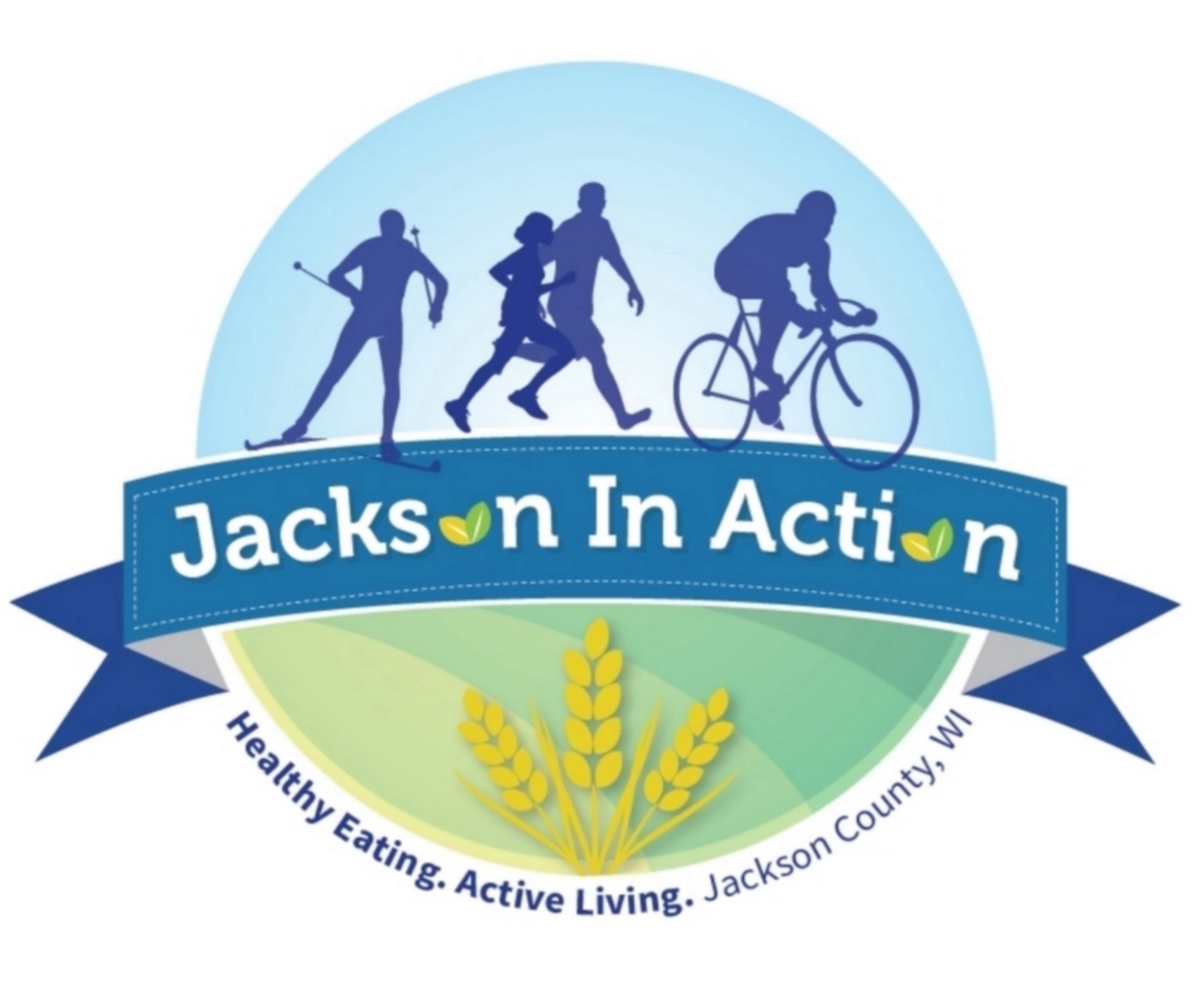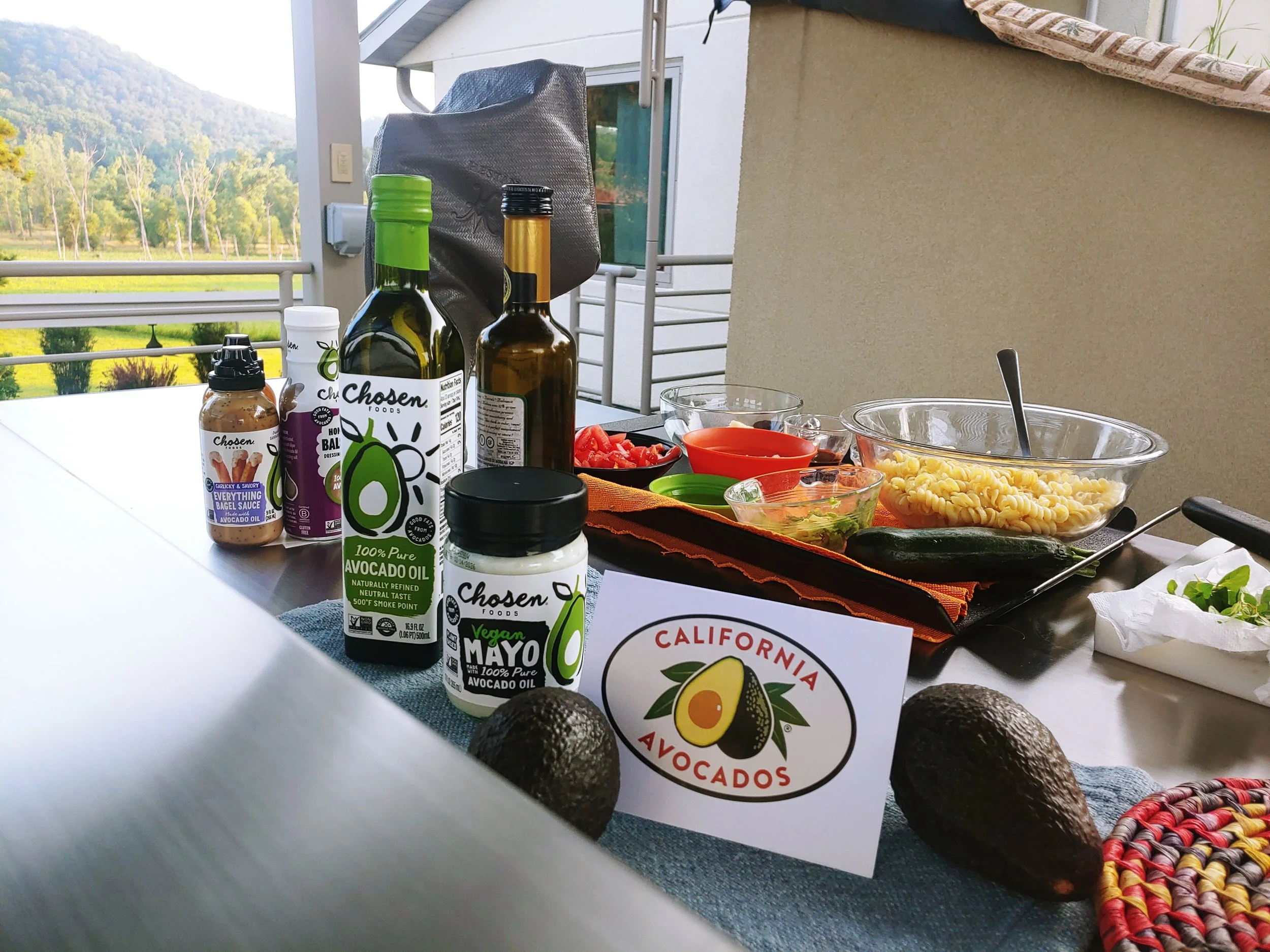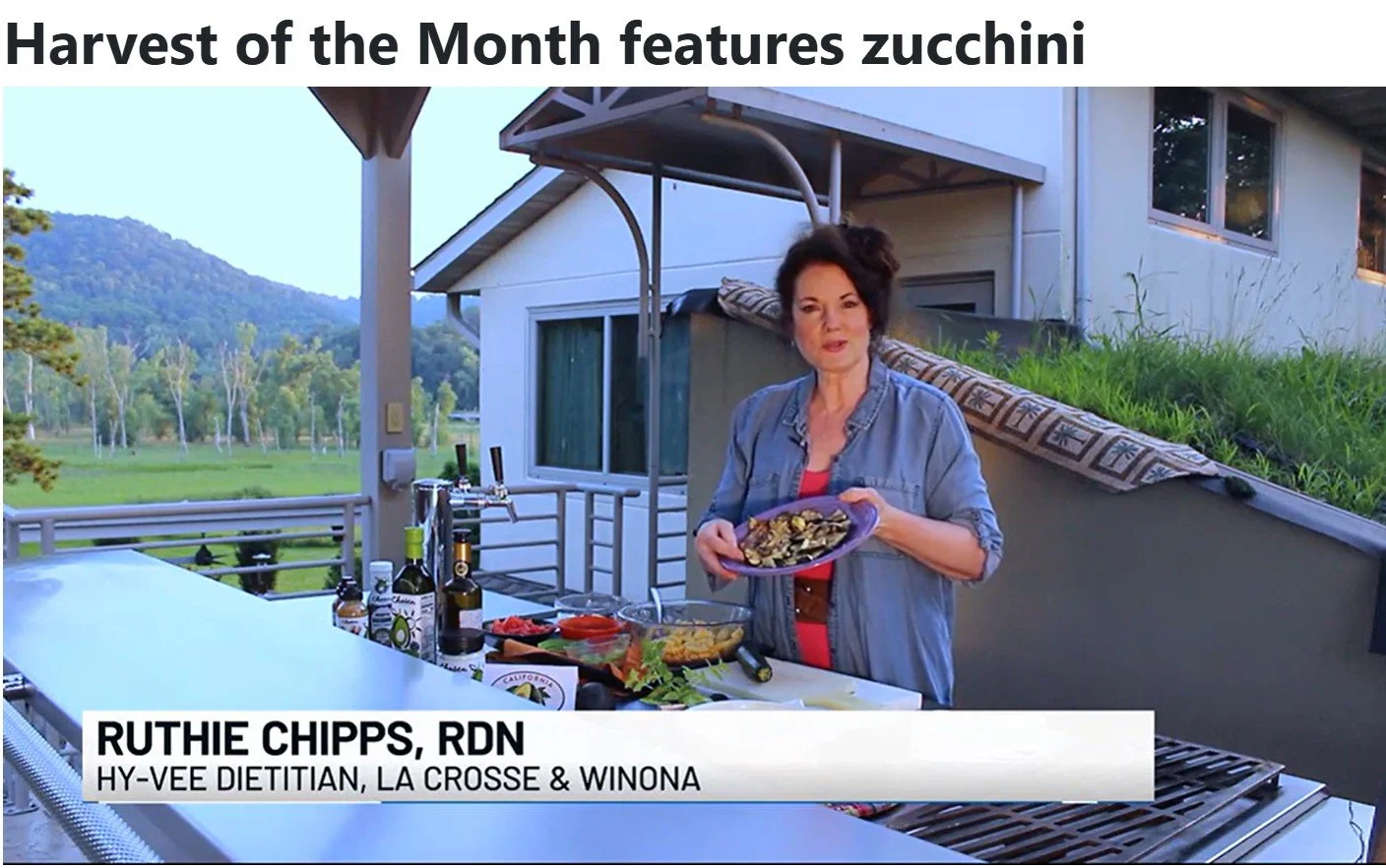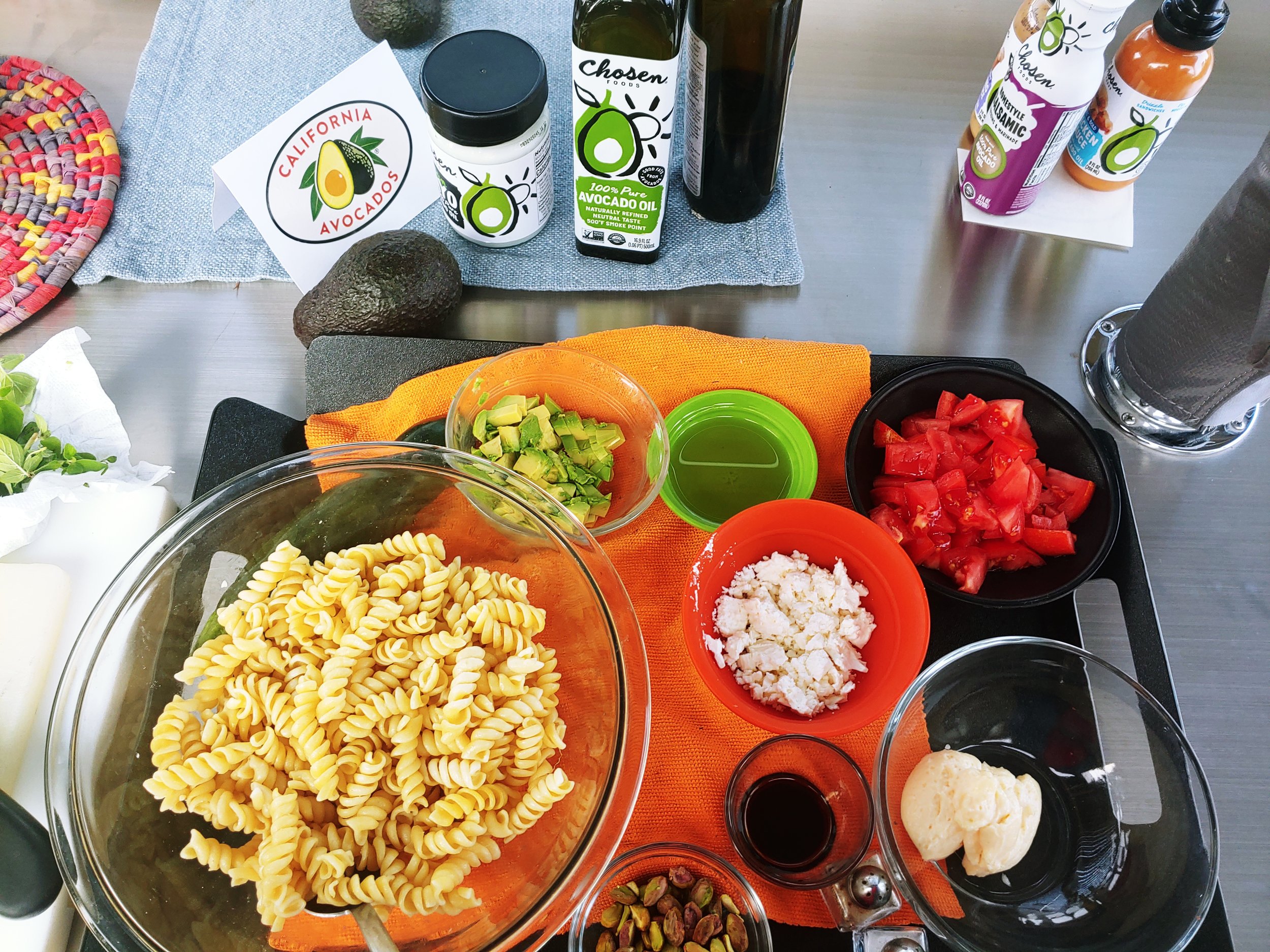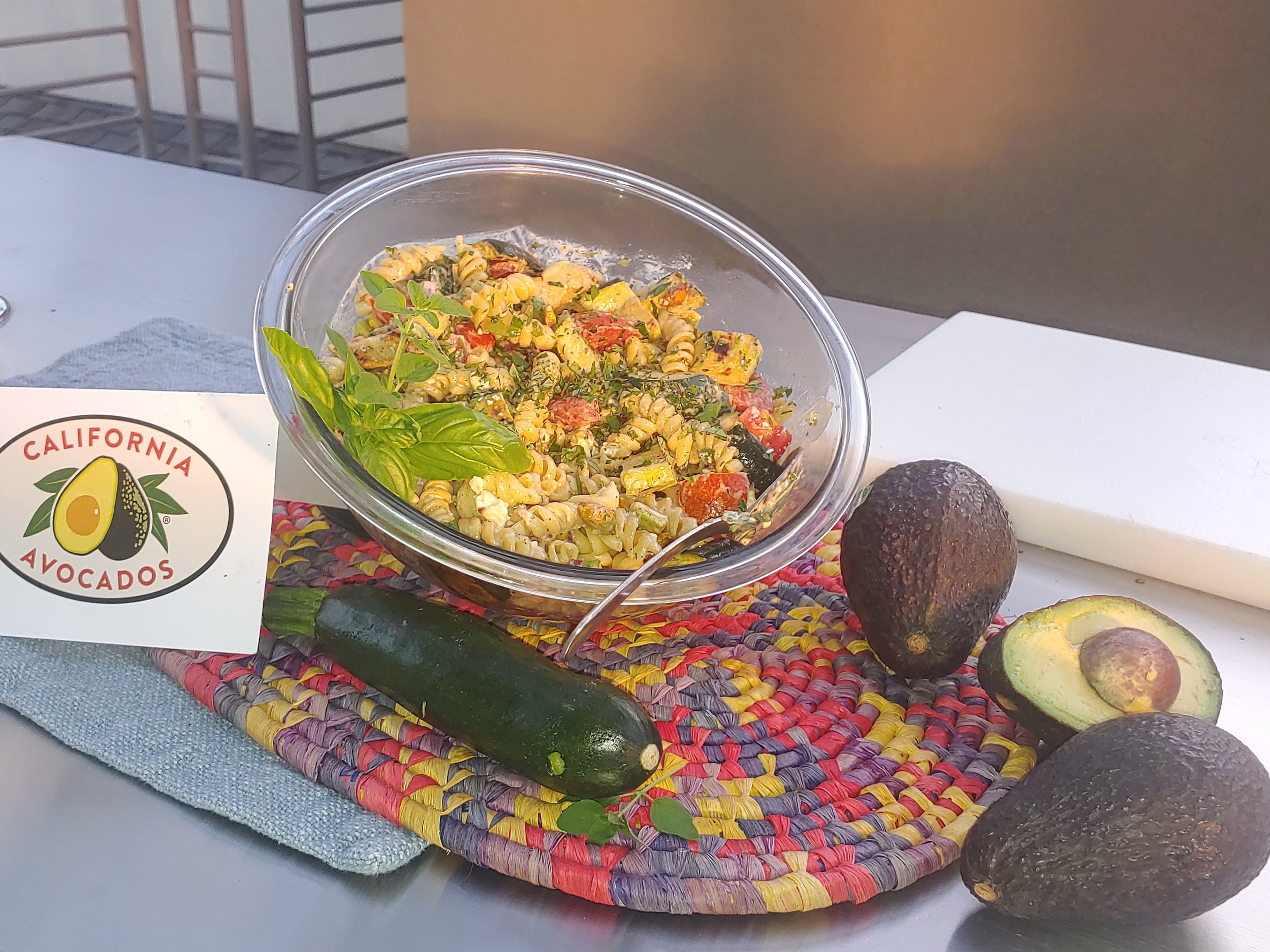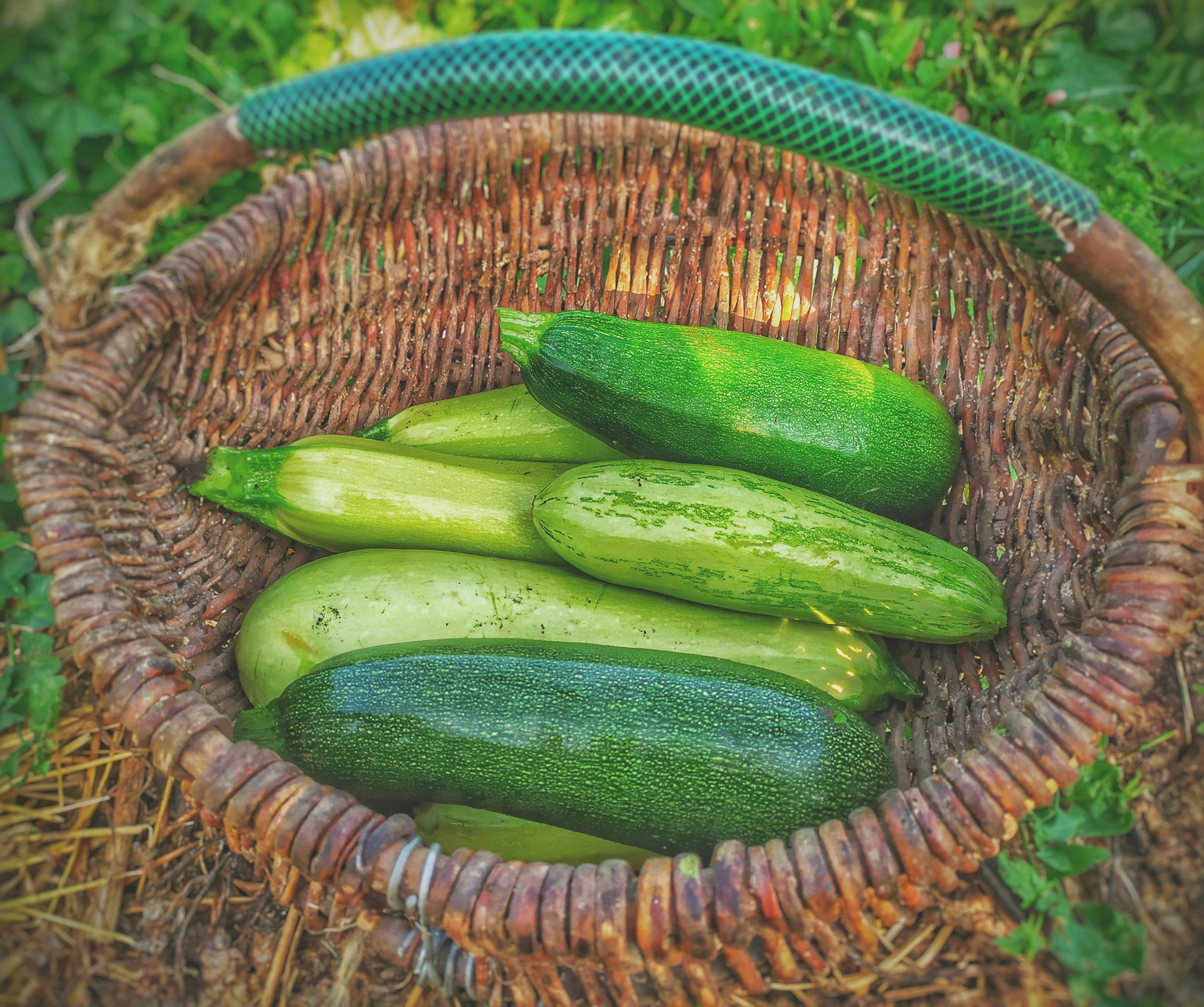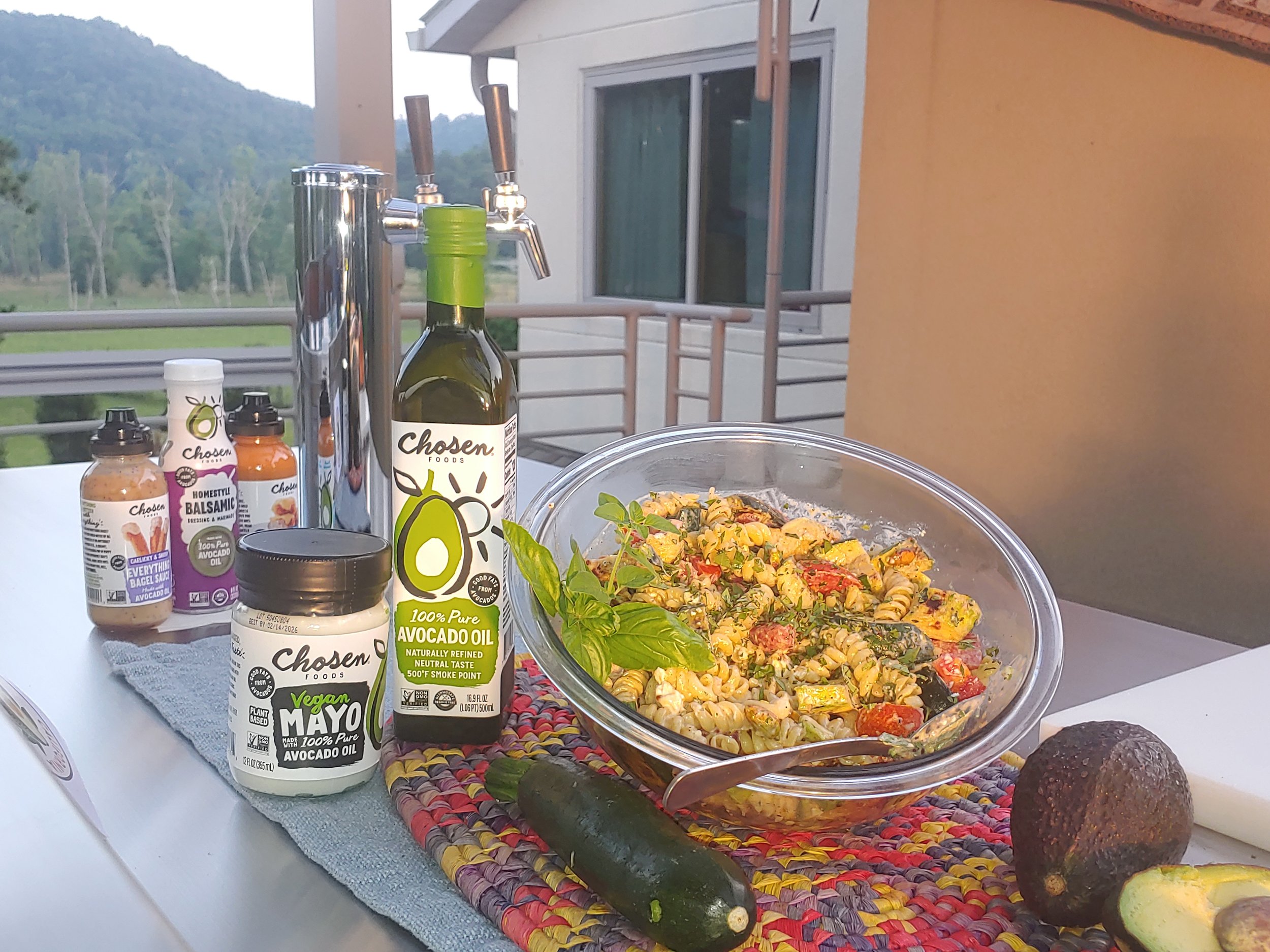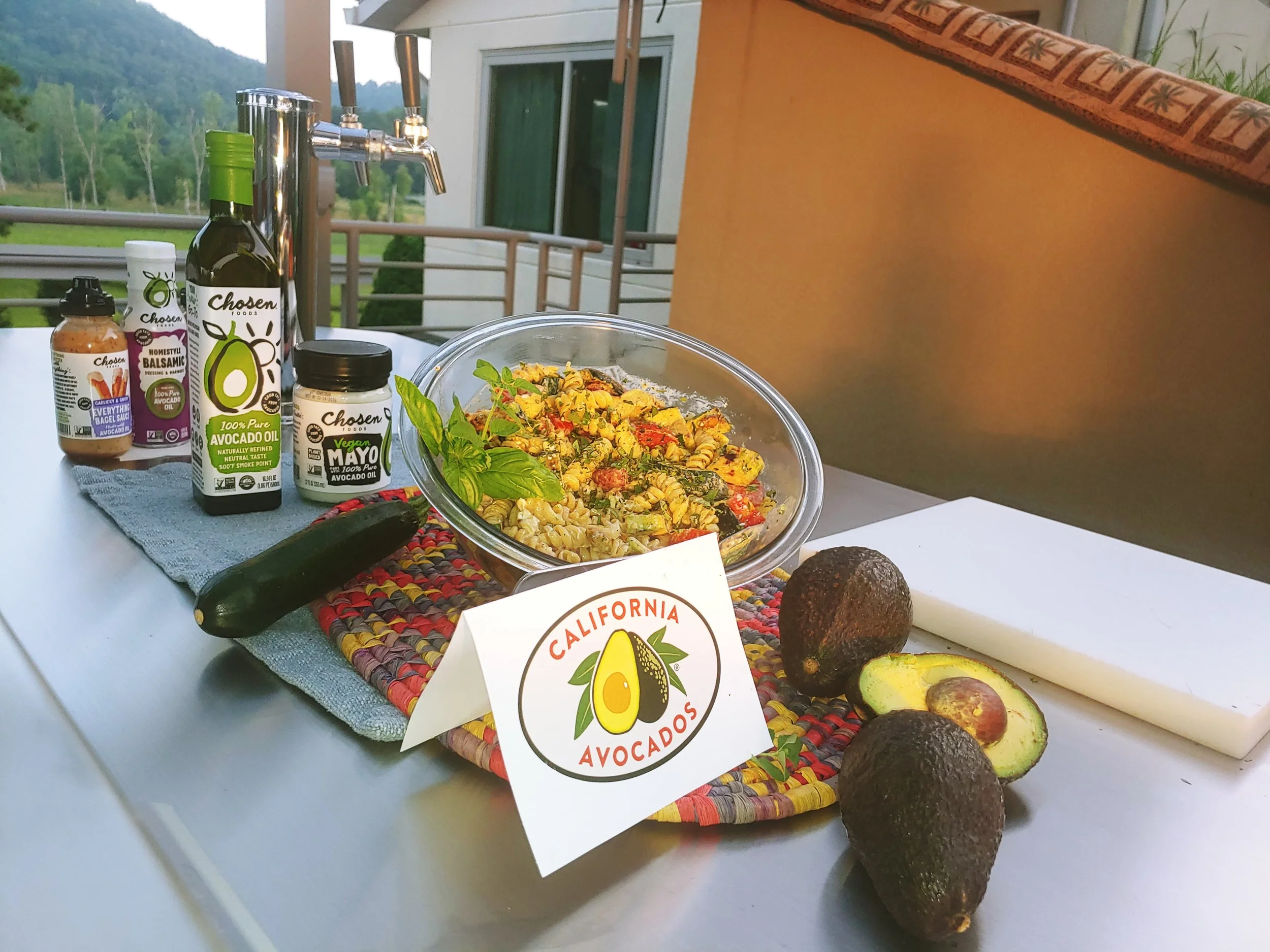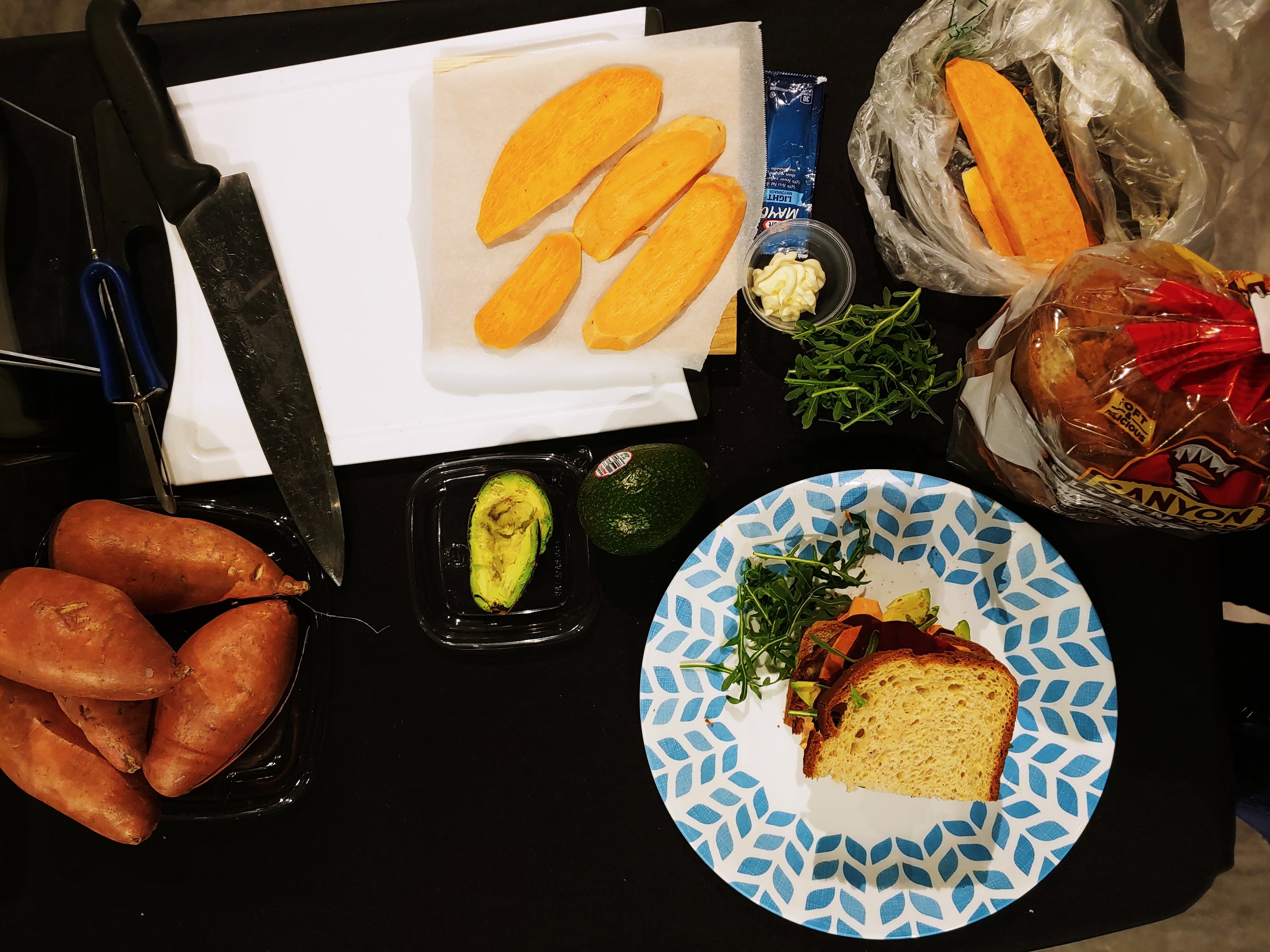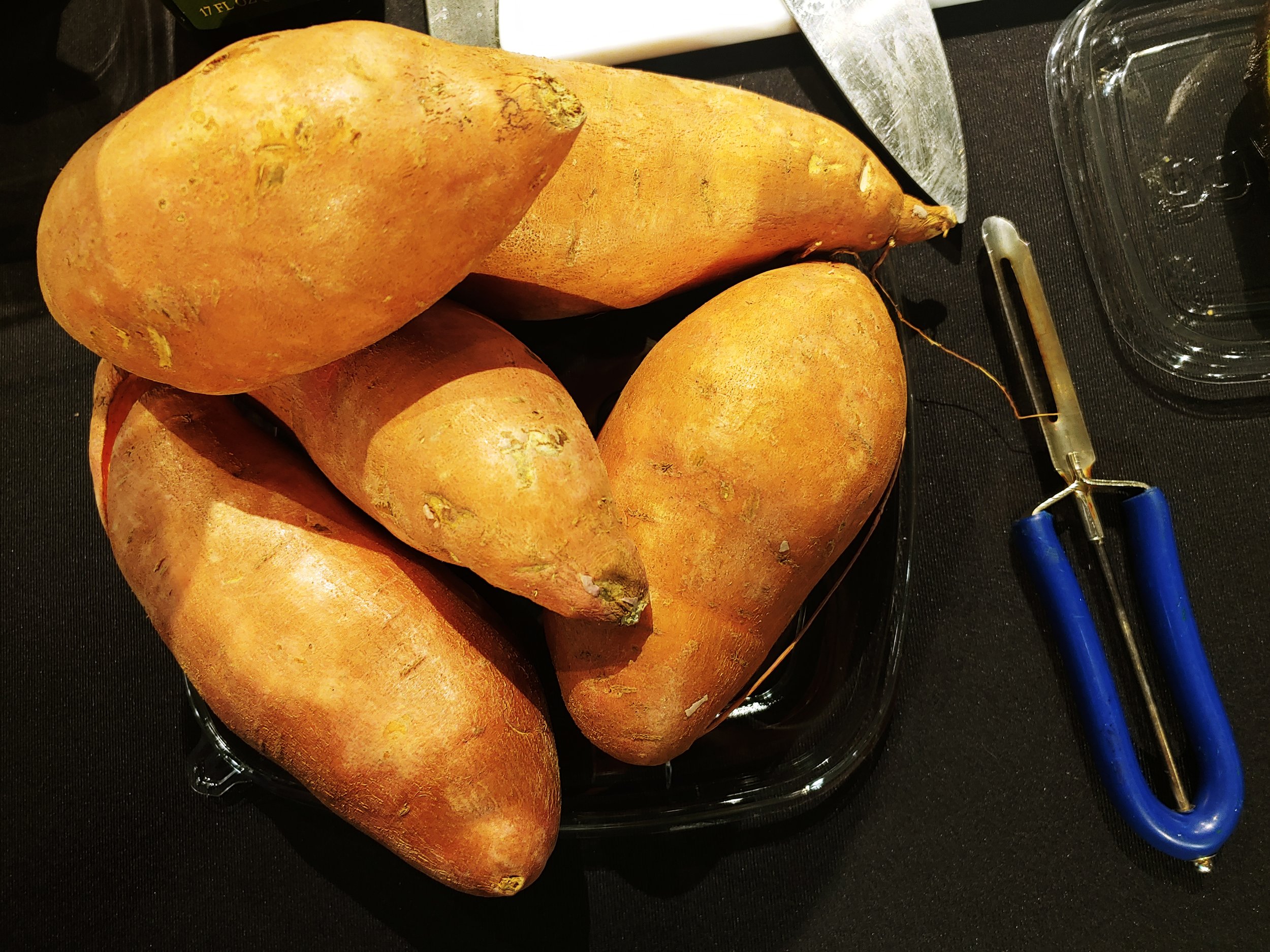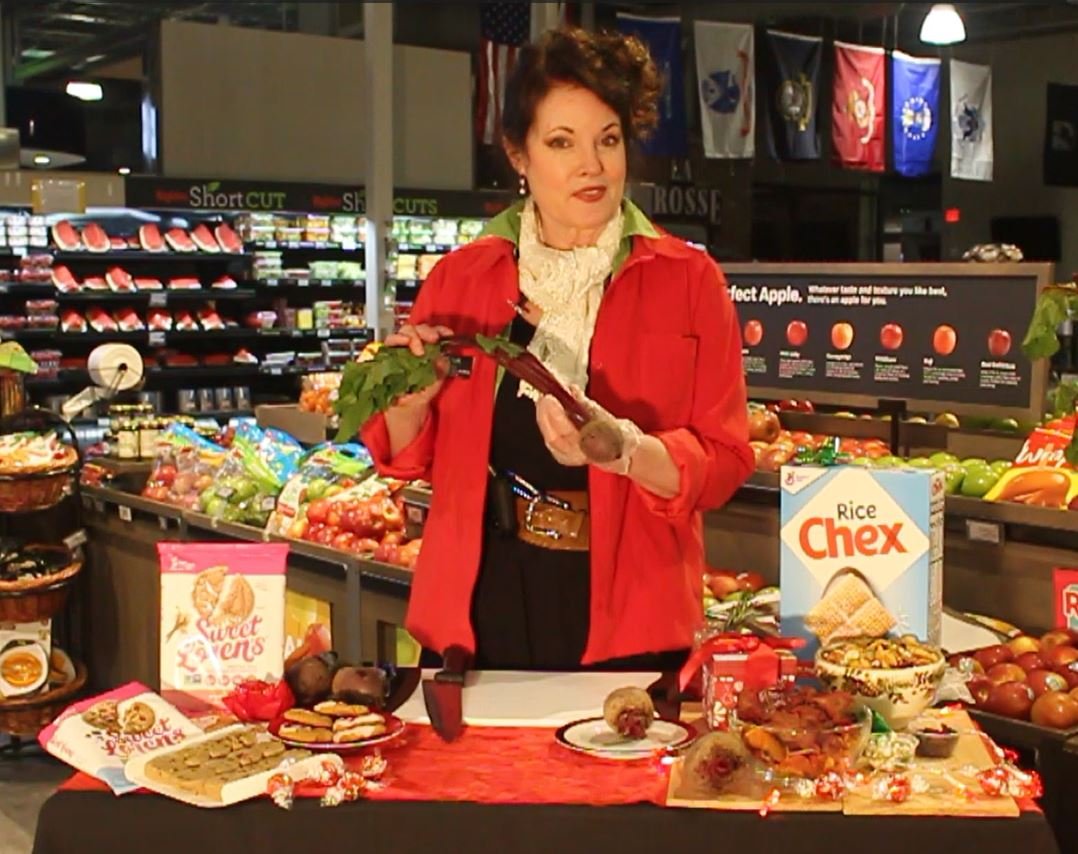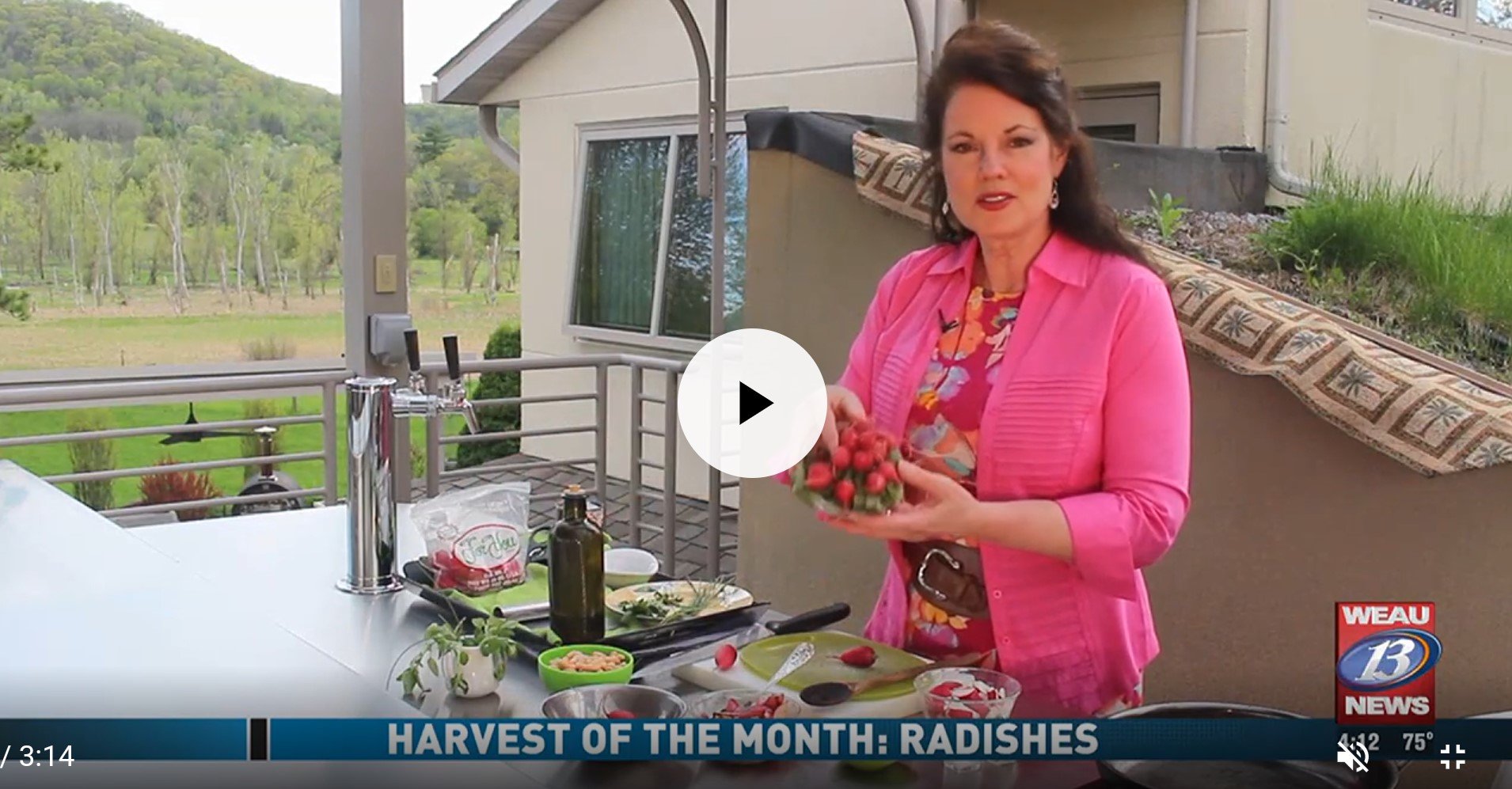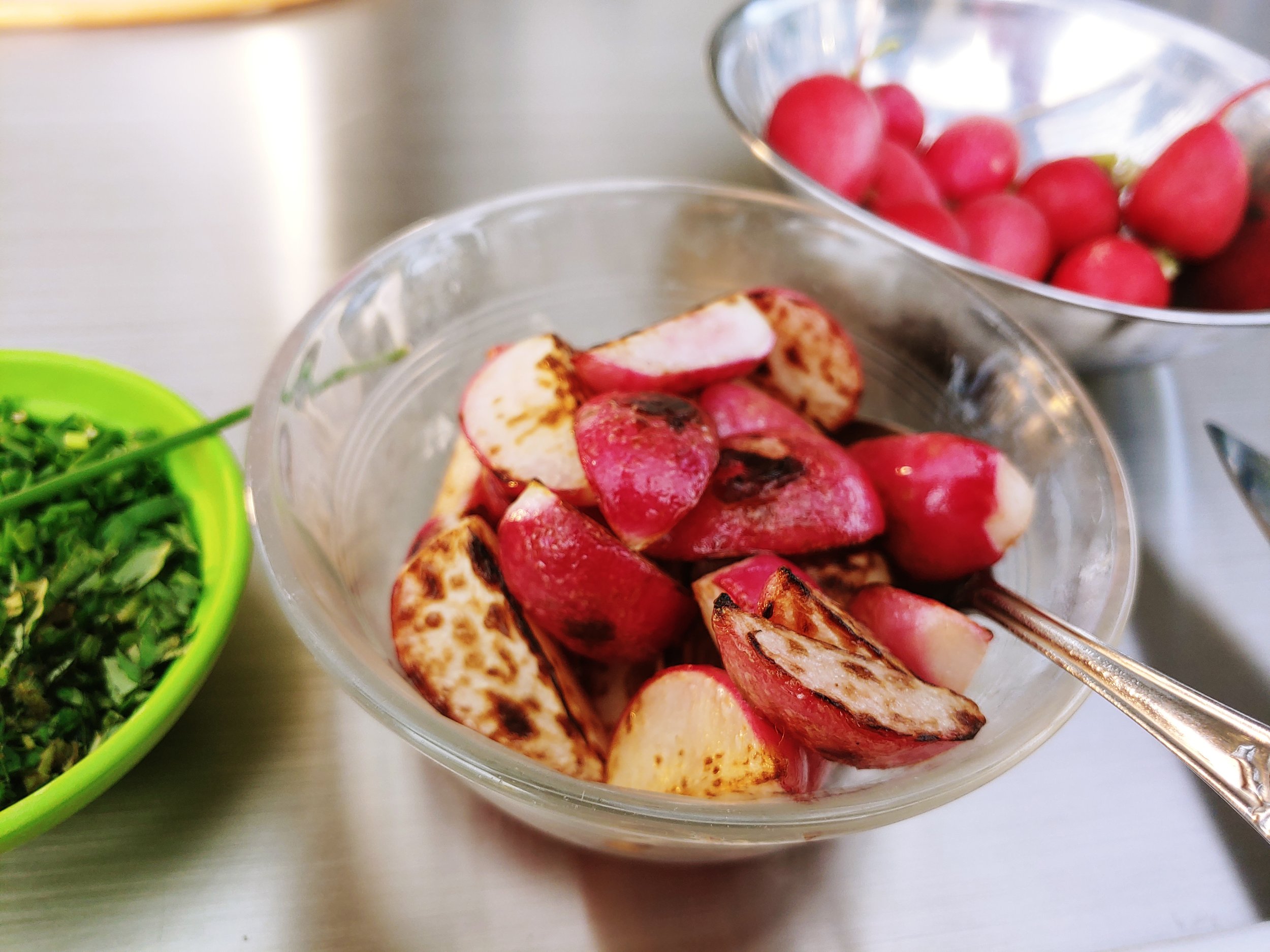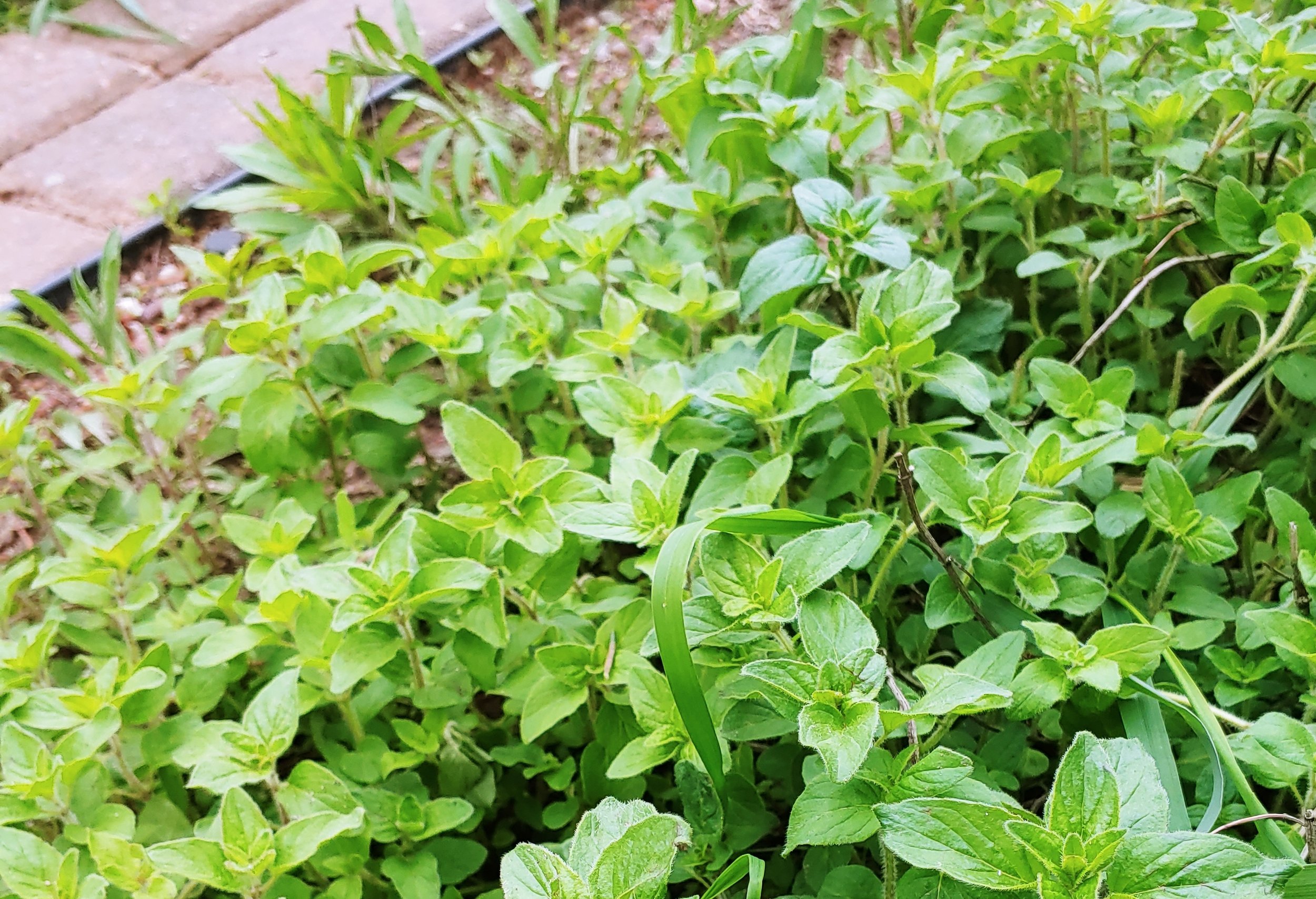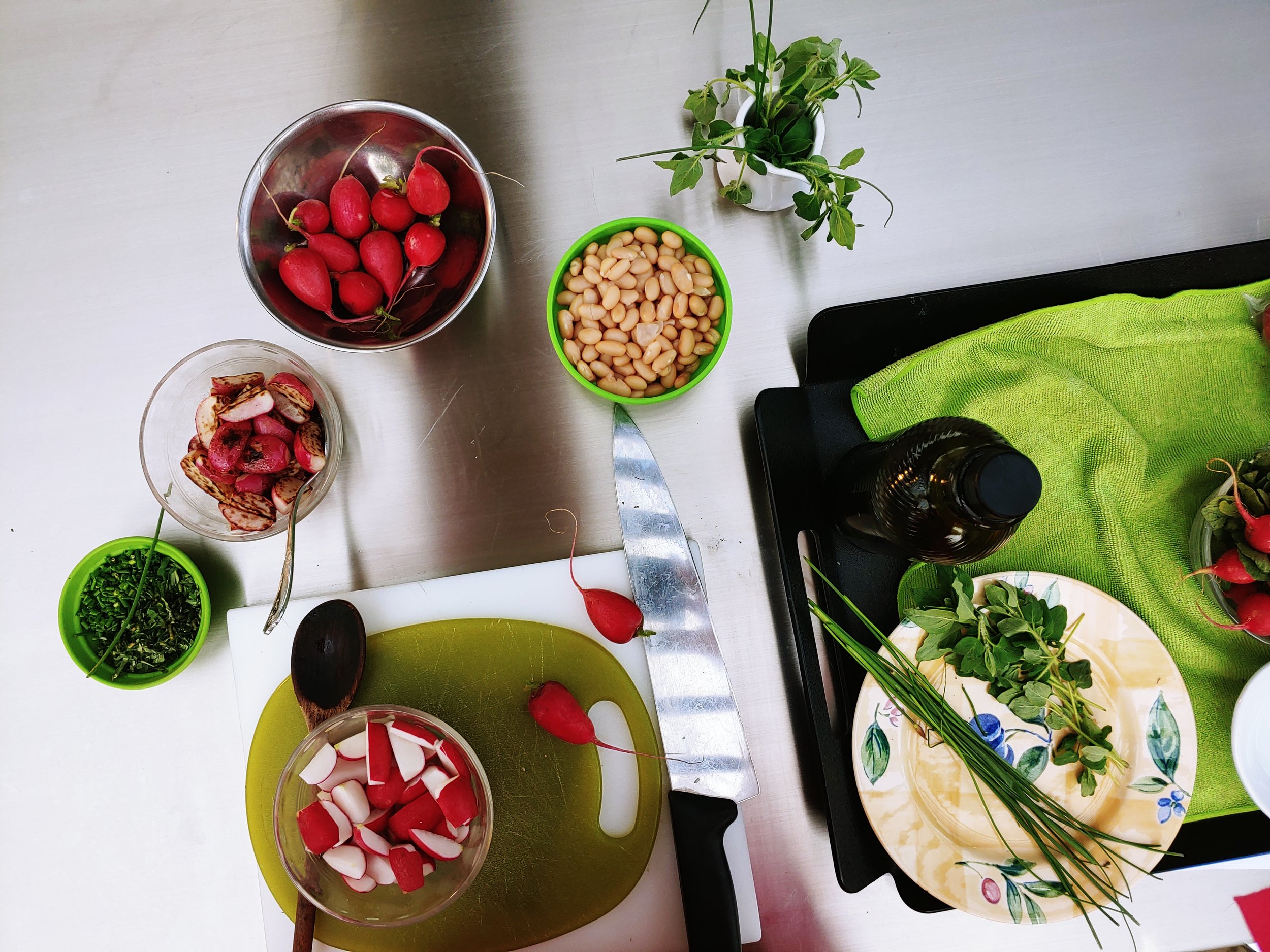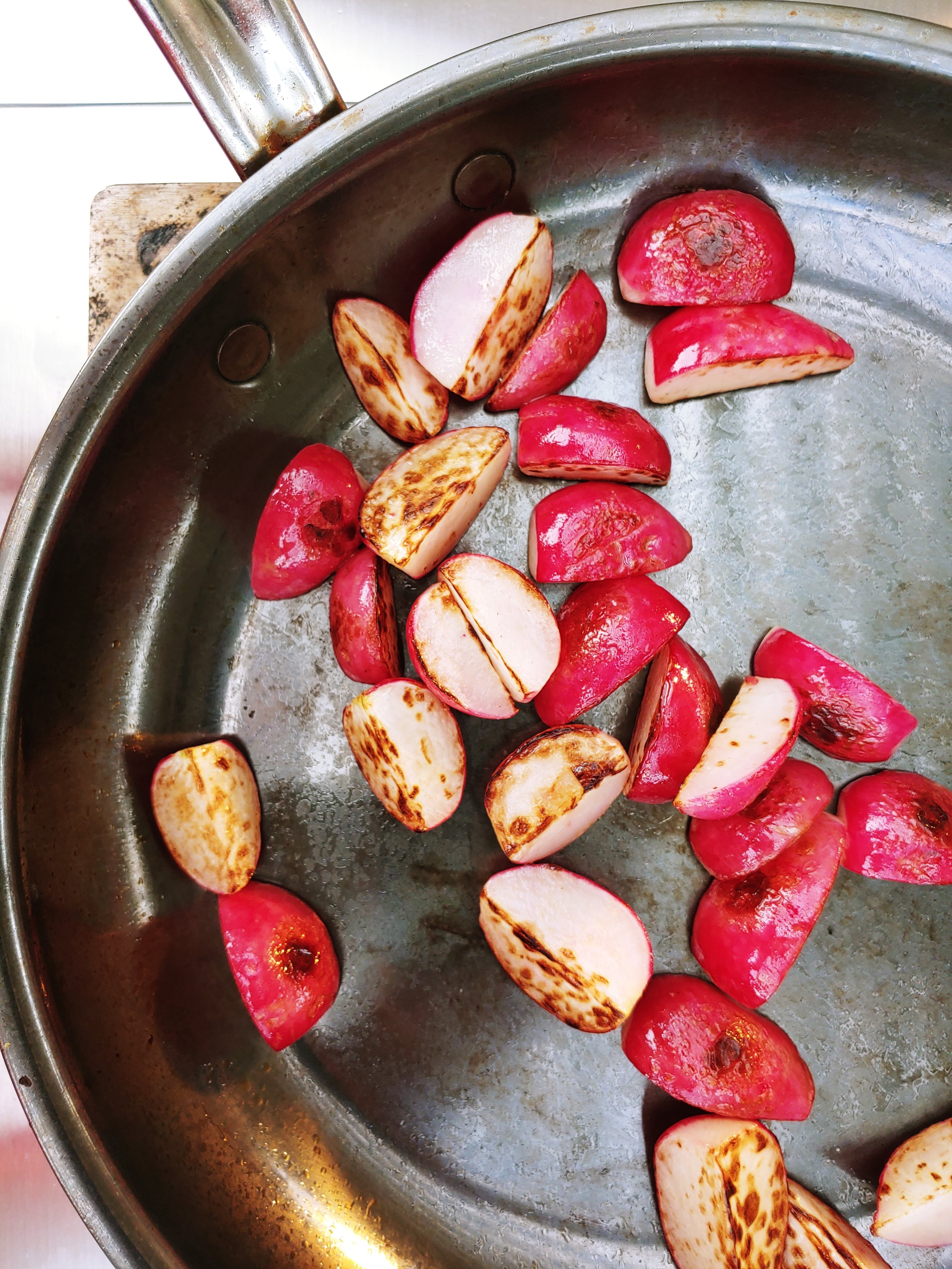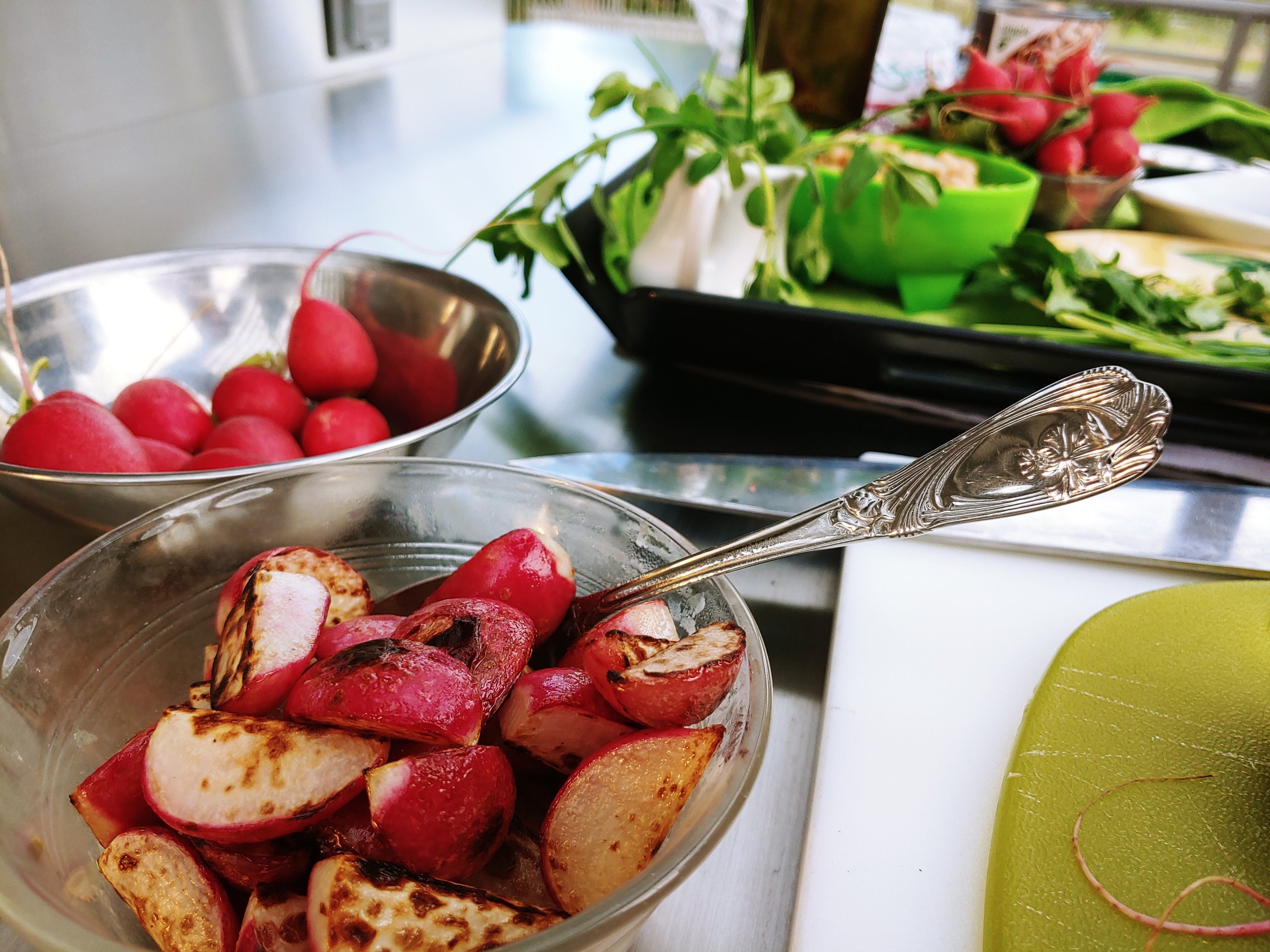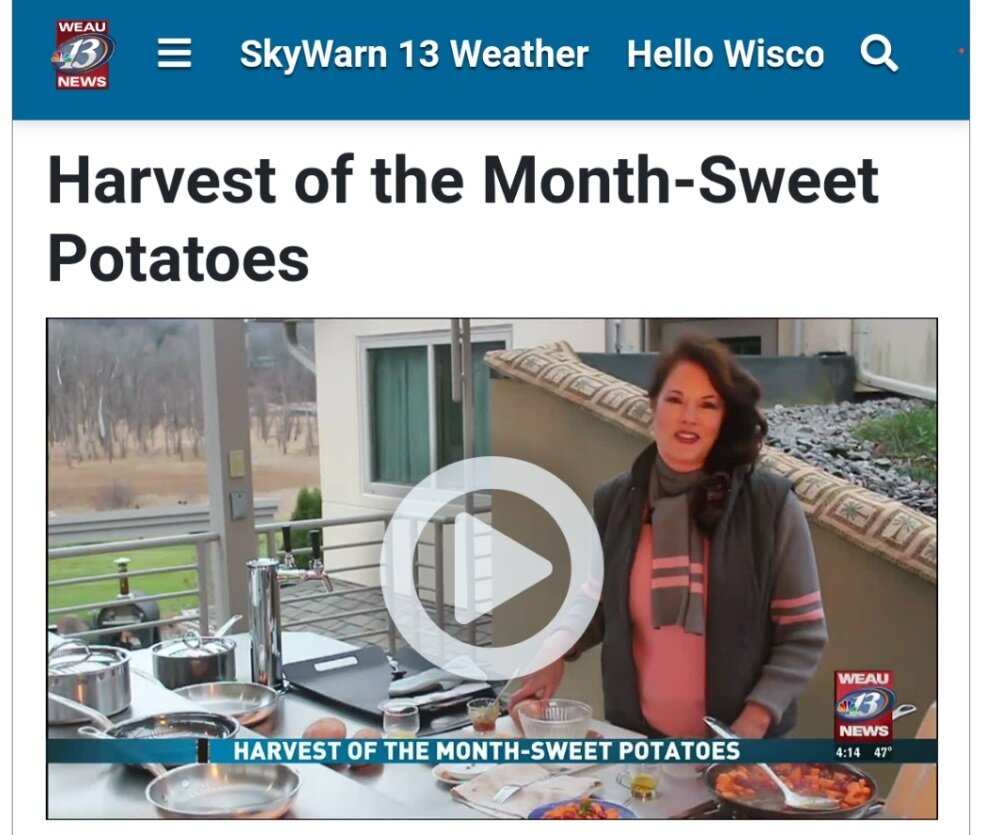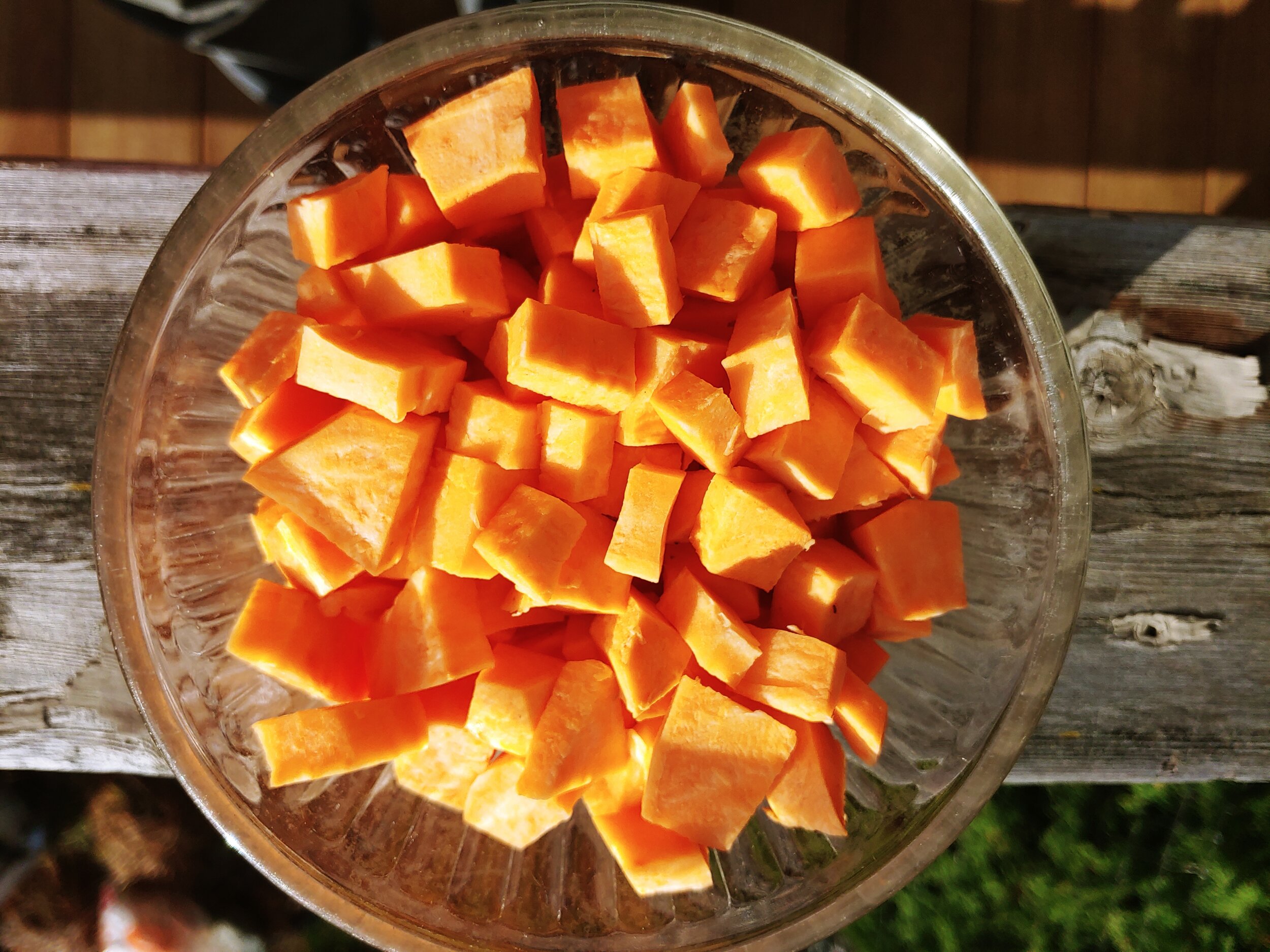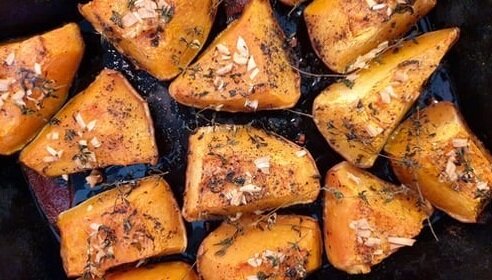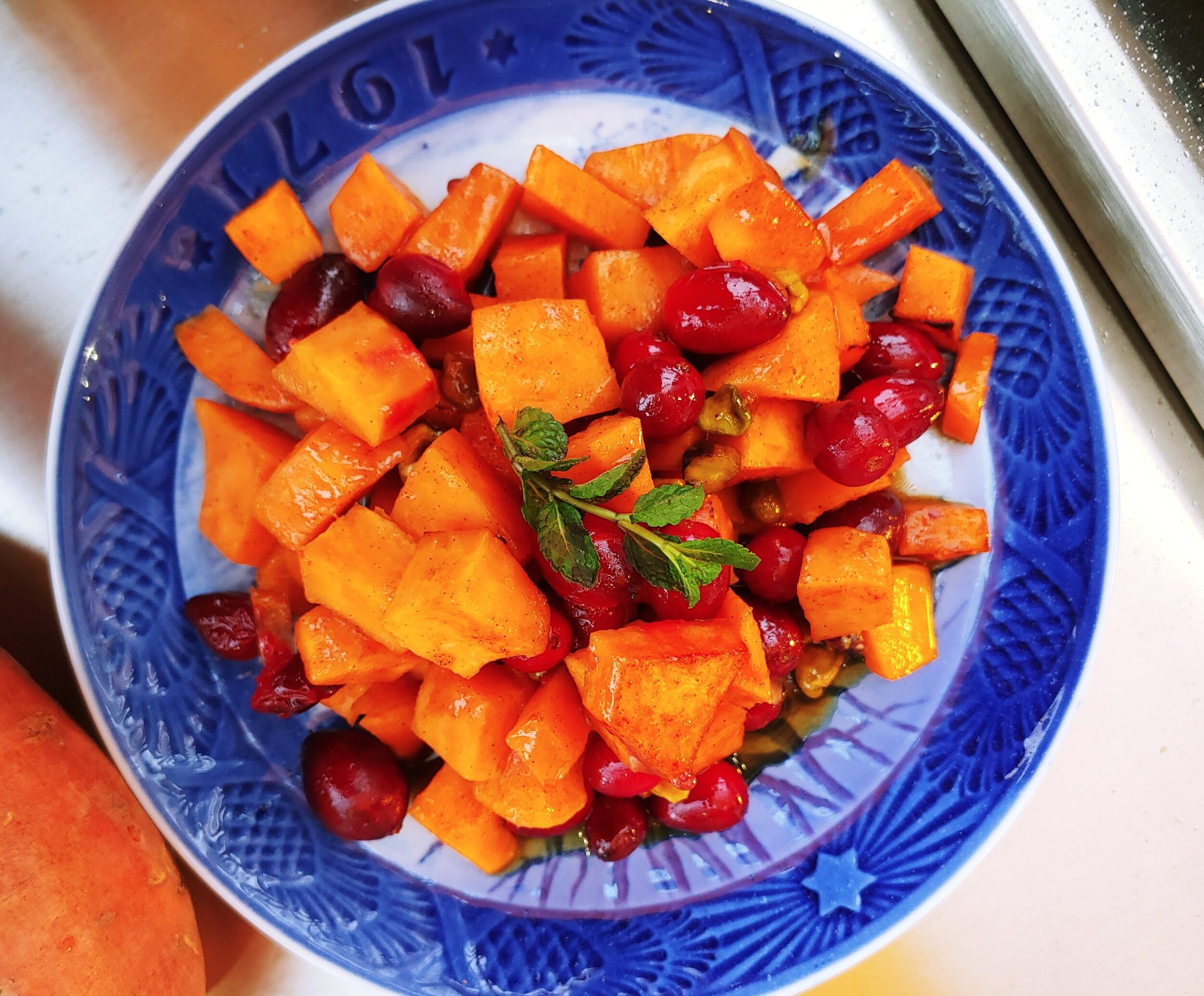By Ruthie Chipps, MS, RDN, CD, LD, Hy-Vee Dietitian
It’s time for cool and crispy cucumbers! They’re a garden favorite and a great way to add fiber and fluids to your eating pattern.
FUN FACTS FOR CUCUMBERS:
Contain up to 95% water.
Rich in important nutrients like vitamins K and C, and the mineral potassium.
Can help maintain bone health and blood pressure.
Burpless cucumbers have lower levels of cucurbitacin (a component that can cause gas production).
Perfect hot day snack: The cucumber is about 20 degrees cooler than the temperature of its surroundings.
Snack Sense: From a Dietitian’s Point of View
Snacking can get a bad rap, even though dietitians are not against munching between meals! In fact, this type of fueling can be a key element in any healthy eating plan. However, before reaching for your favorite sweet or salty treat, it’s important to gauge your physical hunger and to approach the snack as an opportunity to boost your nutrition for the day. Let’s explore benefits, guidelines, smart options and new tasty trends in the world of snacking.
What are the Benefits?
While it may sound backwards, in some cases, eating more can help with weight management. If the body is consistently under-fueled, it compensates by slowing down the metabolism, preserving fat stores and focusing on vital functions. Having planned meals and snacks gives your body adequate energy and important nutrients.
We often have several hours between meals and can lose energy as time goes on. A nutritious snack can provide the fuel needed to power through to your next meal while maintaining productivity. Similarly, it can keep your mood in check by preventing hunger-related irritability, also known as being hangry. While this term is often joked about, it’s legitimate! Going for long periods without food causes a drop in blood sugar. When the brain isn’t getting enough nourishment, it is difficult to think clearly, which can be a mood-killer. If blood sugar gets too low, this can also lead to cravings and less healthy food choices.
When we prevent ourselves from getting overly hungry, we encourage healthy portion sizes. If you haven’t eaten for several hours, it becomes easy to overeat once we sit down for a meal. Additionally, we tend to eat quicker, which does not allow the brain enough time to let you know that you are full. Healthful snacks throughout the day promote mindful eating and staying in tune with physical hunger cues.
Recipe source: https://www.hy-vee.com/discover/recipes/cottage-cheese-veggie-dip. Photo: Hy-Vee, Inc.
Cottage Cheese Veggie Dip
This versatile cottage cheese dip adds a boost of protein and takes any snack to the next level! Pair this creamy dip with Jackson’s Veggie Straws along with fresh cut vegetables - including cucumbers!
All you need:
1 ½ cups Hy-Vee small curd cottage cheese
¼ cup fresh parsley, chopped
3 tbsp. green onion, thinly sliced
1 tbsp. fresh dill, chopped
1 tbsp. fresh lemon juice
All you do:
1. Combine the cottage cheese, parsley, green onion, dill, and lemon juice. Garnish the dip with black pepper and additional fresh dill, if desired.
2. Serve with Jackson’s Veggie Straws and fresh cut vegetables.
Recipe Source: https://www.hy-vee.com/discover/recipes/cottage-cheese-veggie-dip
Here’s another great cucumber recipe: Quick-Pickled Cucumbers | Hy-Vee



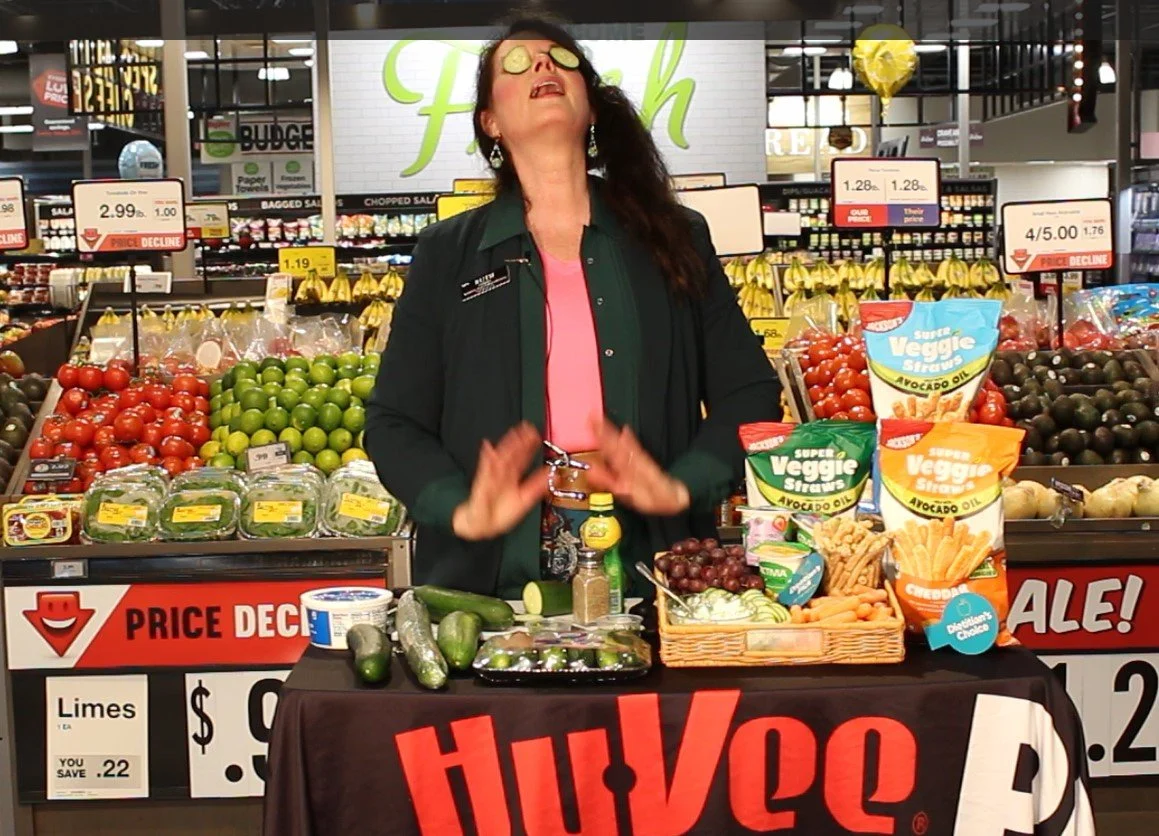

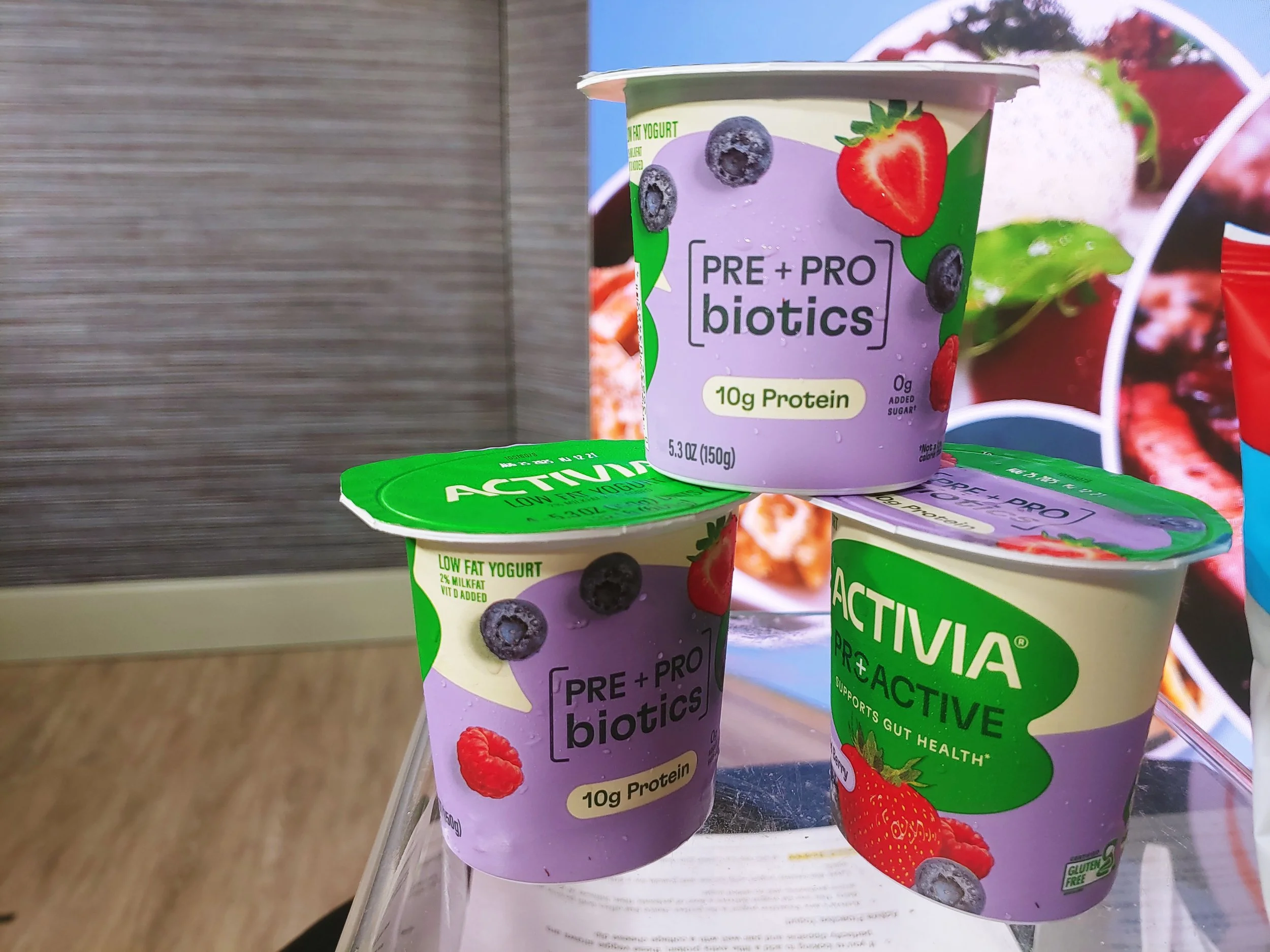
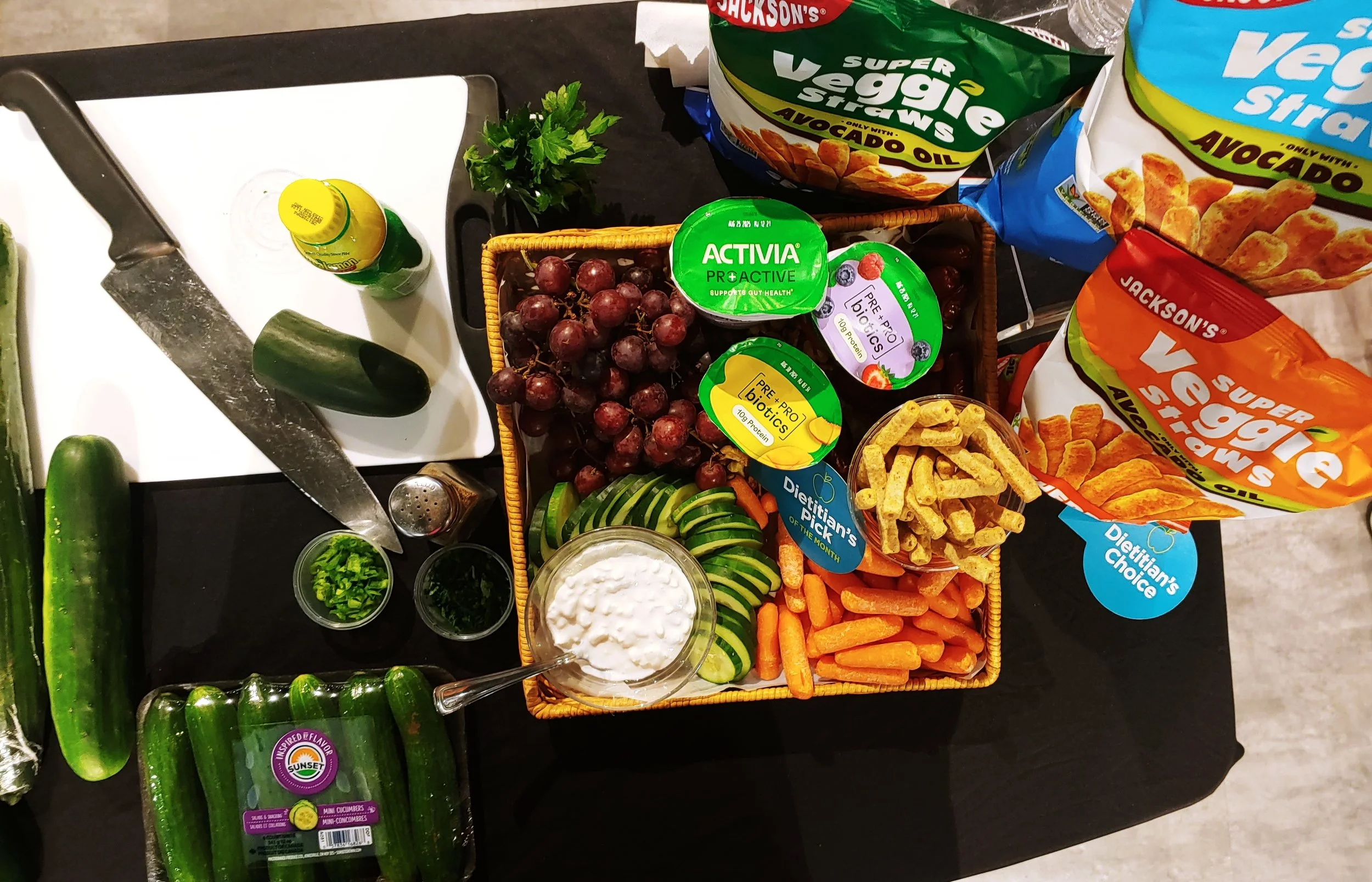
Build a healthful snack board
Include fresh fruits and yogurt in your snack board. Activia Proactive yogurt contains both pre-biotics and probiotics for gut health.
What are Dietitians Reaching for this month?
Snack boards are a a great way to encourage fresh vegetable intake. Pair crispy fresh produce with health-focused snacks for a winning combination. One new snack that’s hitting the mark is Jackson’s Veggie Straws. While traditional veggie straws have been on the market for a while, Jackson’s stands out. It’s made with avocado oil, yellow peas, brown rice, cassava and sweet potato. These wholesome ingredients will keep you satisfied and sustained until your next meal. If you’re looking to add a little extra protein, these veggie straws are perfectly dippable, especially with a cottage cheese dip. Whip up a batch using the recipe posted above!
Snacks are also a good opportunity to balance out our meals. As much as we would like each meal to contain all food groups in the right portions, this simply is not realistic. If you miss a group, aim to add a serving to your next snack. Activia’s new Proactive Yogurt is the perfect choice that offers both protein and dairy. Additionally, this low-fat yogurt delivers a dose of prebiotic fiber, billions of live and active probiotics and no added sugar. Layer this creamy yogurt with berries and granola for a delicious mid-morning snack.
Ruthie Chipps, MS, RDN, CD, LD is a Registered Dietitian with Hy-Vee, Inc. She hosts “Harvest of the Month” on WEAU-TV (NBC) and is a contributor to JacksonInAction blog.
To learn more about Ruth and the Dietitian Services offered at Hy-Vee La Crosse and Winona click here: Hy-Vee Dietitians Bios
